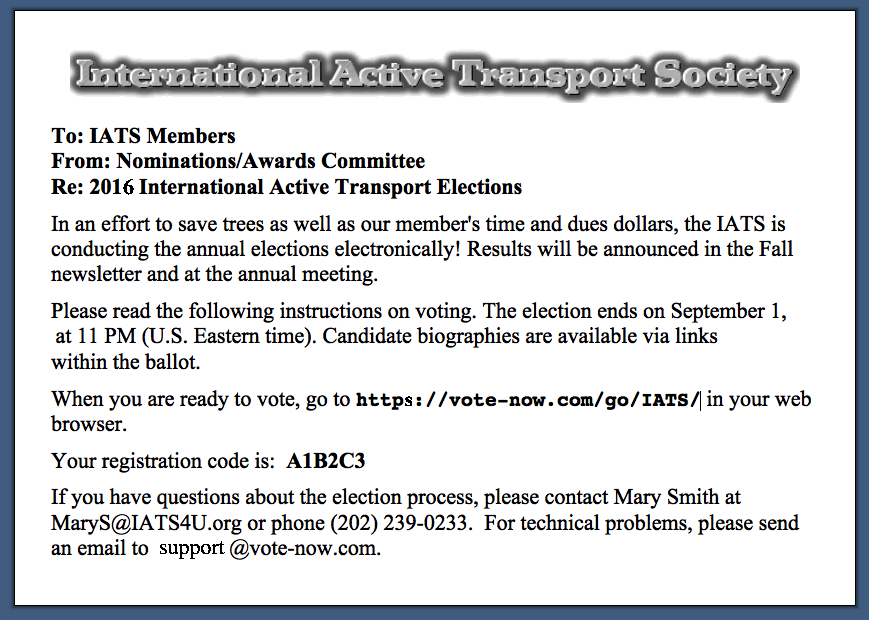|
Members can vote by telephone or paper ballot. Here is how it works: 
We print and mail ballots - either on post cards or letters - the "old" way, but included on each paper ballot form, is a link to the web-assisted ballot system and a voter access code. We can also include a toll-free telephone number for those that want to vote by touch-tone phone. Those members who do have Internet access (even at a public library) can immediately cast their vote and forgo having to fill out the paper ballot, provide postage, and mail it. Those members who do not want to use a telephone or the Internet, can send back their ballots to either Vote-Now or your staff, via postal mail. Each ballot is coded with an access security code that prevents a member from voting twice. Normally, a message is included in the directions on the paper ballot specifying that if a ballot is cast electronically, then the same paper ballot will not be counted (if they mail it back in also). When the paper ballots come back in (to either the Vote-Now staff, or your election administrator) the access code from the paper ballot is entered, and (if unused) the selections are recorded in the software, as a proxy for the voter. The tallies are then automatically made by the software, combining both paper and electronic votes. If the access code has already been used by the voter, the administrator will be notified and not be able to cast the votes a second time. Thus, two special lists are not required and the vote tallies are accurate and automatic. Easy! This is the same method that is provided today by most corporations in stock proxy voting - giving voting access to all stock holders whether they have electronic access or not. Many organizations see this as an excellent compromise between providing electronic access to members (and saving them the costs of mailing back their ballots) and also allowing those that prefer the "paper method" to continue to use it. Importantly, this method can save money and also serve as a step for your organization towards enhancing electronic communication and will also increase voter interest (and voter turn-out) in the process. |